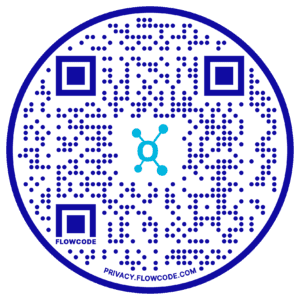On April 4, 2018, New York Governor Andrew Cuomo, Democratic State Senate Leader Andrea Stewart-Cousins, and Independent Democratic Conference (IDC) Chair Jeffrey Klein announced that the IDC would merge with the Democratic Party, adding eight new Democratic members to the minority caucus.
The eight members of the IDC originally formed in 2011 after disapproving the leadership of then-Senate Minority Leader John Sampson. Since then, they have caucused with the GOP, giving the Republican Party the majority in the Senate even though the number of Democrats outnumbered the number of Republicans in the chamber.
Under the terms of the merger, Senator Klein would serve as a Deputy Democratic Leader under Senator Stewart-Cousins. Current Deputy Democratic Leader, Senator Michael Gianaris, is expected to remain in a leadership role, although it is currently unclear whether he will continue to serve as a Deputy Leader or will obtain a different position.
With the disbandment of the IDC, the Republican Party would only have a one-member majority in the state senate that hinges on Senator Simcha Felder, a Brooklyn Democrat who currently caucuses with the GOP. However, Senator Felder has repeatedly stated that he is not loyal to any party, making either party’s chances of holding onto the majority tenuous at best.
“I don’t feel obligated to remain with the Republicans, or obligated to join the Democrats,” Felder said in an interview. “I’m loyal to God, my wife and my constituents, and New Yorkers.”
On April 24, there will be two state senate special elections for Districts 37 and 32, both of which were formerly represented by Democrats. Should both seats go to the Democratic Party, they would have a two-member majority necessary to gain control of the upper legislative chamber, assuming that Senator Felder still decides to caucus with the Republican Party.






